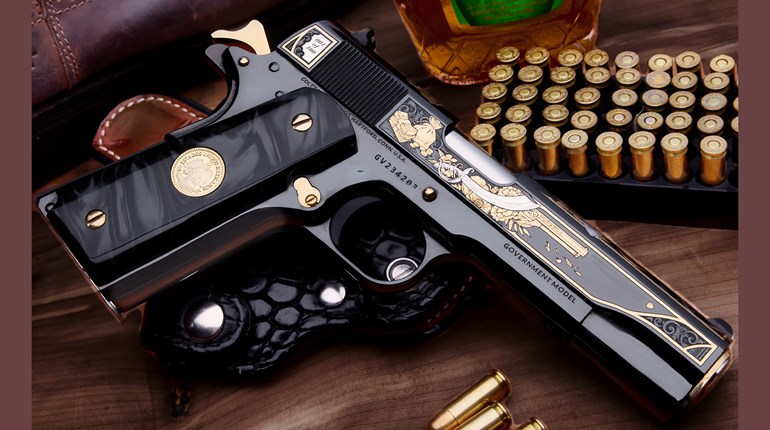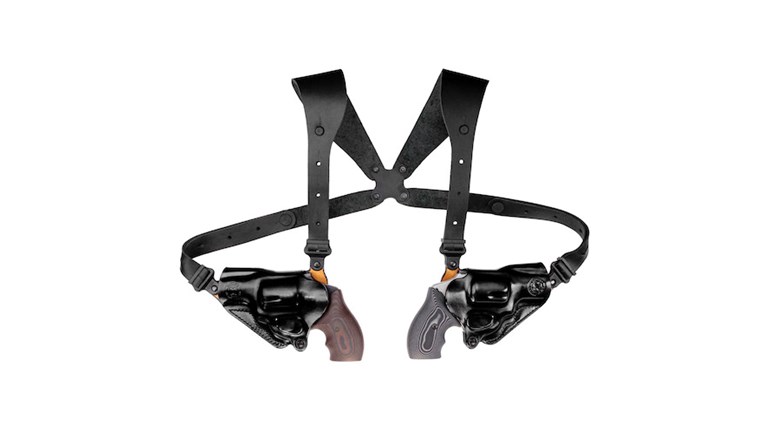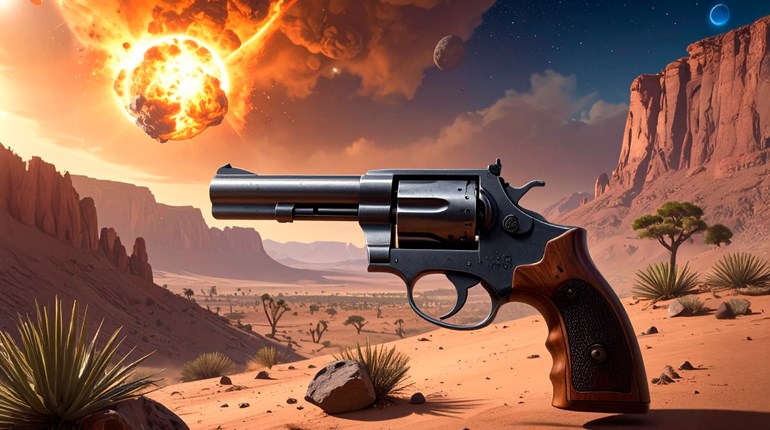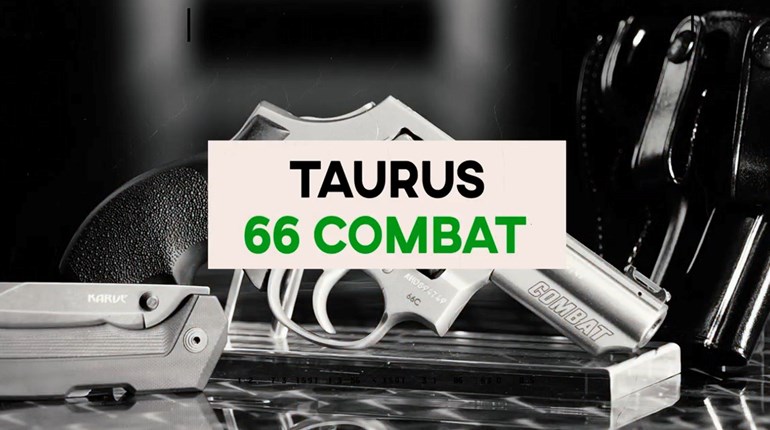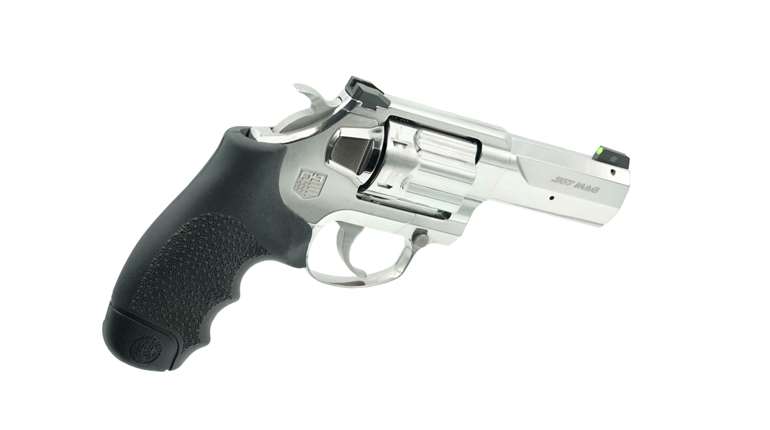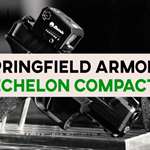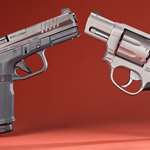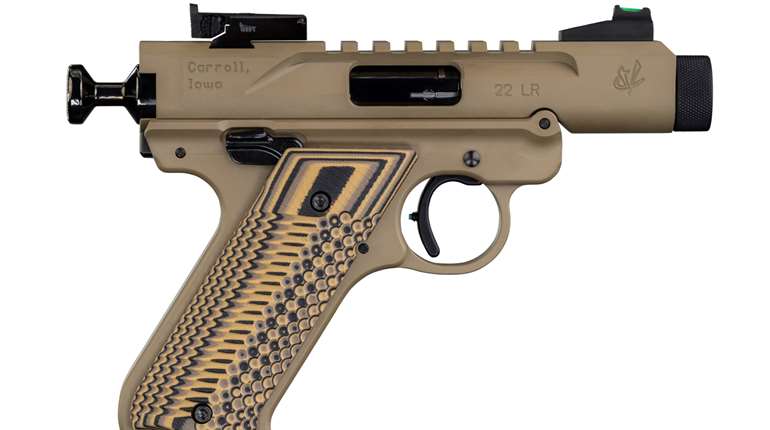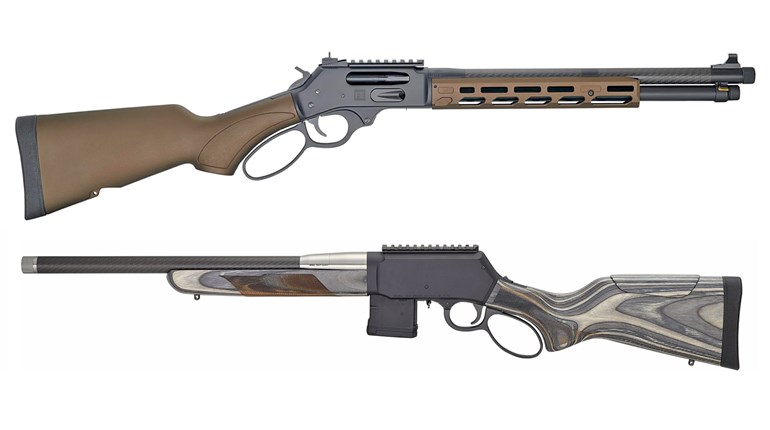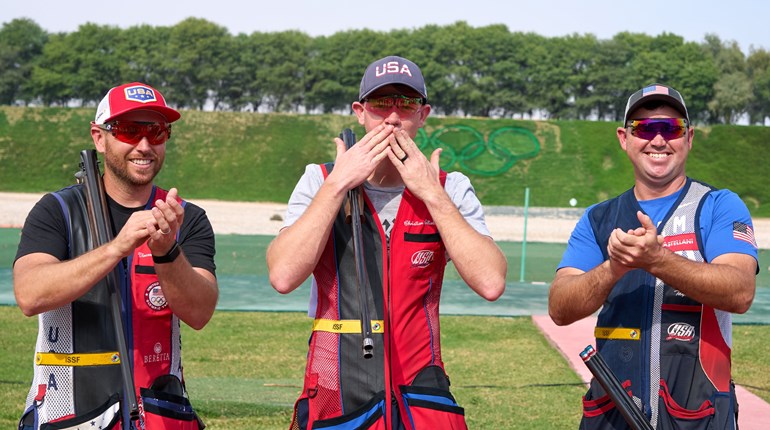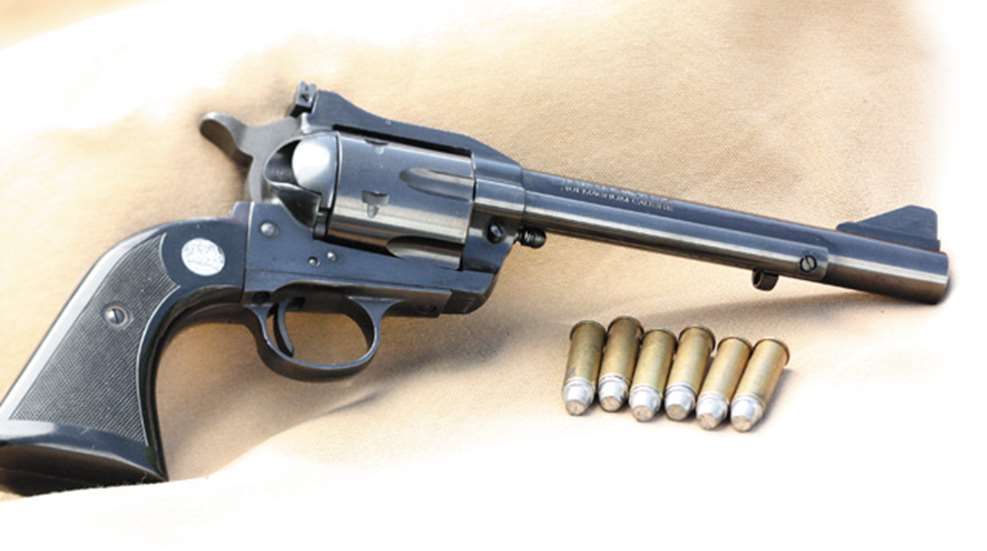
There haven't been many handguns or handgun cartridges to escape my attention over the last few decades. Some became favorites, taking up long-term residence in my gun safe. Others simply visited for a while before continuing on their way.
Given my passion for handgun hunting and a few years actively competing in handgun silhouette matches, much of my attention focused on larger pistols firing the most powerful loads the gun could safely handle. Based upon personal preferences and the fact that much of my hunting involved lots of walking in various types of terrain, I gravitated toward handguns that could be carried in a holster and fired offhand if no rest was available. The candidates best fulfilling these requirements were revolvers, either single- or double-action, chambered in magnum calibers. In the 1960s, there were three choices in this category—the .357, .41 and .44 Mags.—and today there are multiple Rugers and Smith & Wessons of each caliber in my house standing ready for a trip afield or to the range. The one that got away was Herter's .401 Powermag.
For those of you too young to remember, Herter's was a shooting/hunting mail-order supply company located in Waseca, MN, that went out of business in the 1980s after almost a century of operation. Many credit its demise to the Gun Control Act of 1968. Others suggest consumers finally grew weary of the incredible hype Herter's had been printing about its products. I mean, when your gear consistently costs 1⁄3 to 1⁄2 less than comparable equipment from your competitors, can all of it really be "the world's finest…?" Yet, the company was a going concern for a long time, and judging from the few Herter's items I tried, there were some great bargains. I'm thinking the company's three single-action magnum handguns could have been considered good bargains, with the .401 being the best and most interesting of the three.
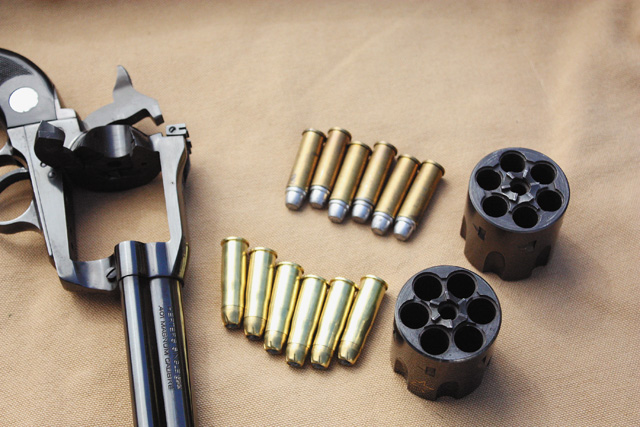
First, an incredibly brief look at .40-caliber cartridge history. In the 19th century, both the .38-40 Win. and .41 Long Colt cartridges used .40-caliber bullets. The .38-40 Win., a relatively large bottleneck cartridge, outlasted the.41 Long Colt, but bottleneck handgun cartridges have not been treated kindly by today's shooting public. In the first half of the 20th century, .40-caliber revolver cartridges were explored by Gordon Boser and Pop Eimer, but did not become a commercial success. In the early 1960s, Herter's introduced the .401 Powermag (a .40-caliber), and Smith & Wesson (followed by Ruger) introduced the .41 Mag., a true .41 caliber. While the .41 Mag. has never been the most popular handgun round, I would say the number of guns and the variety of ammunition manufactured for it qualify the chambering as a commercial success. Not so for the .401 Powermag.
The Herter's revolver was made in West Germany, had a blued finish, a 6.5-inch barrel and chambered the .357 Mag., .44 Mag. and .401 Powermag cartridges. The .401 Powermag version was priced at $47—in the mid-'60s when I left for Southeast Asia, I believe Ruger Blackhawks were selling for about $90. The Herter's blued finish was quite good. And while joining lines were clearly visible where different components met, transitions from grip to frame were smooth. Grip panels were well fitted to the frame, although a small crack (about .25-inch long) had appeared in the upper portion of the left plastic panel.
The trigger was rather wide in comparison to other single actions and had grooves in its face. It had a remarkably smooth pull for a gun that retailed for less than $50. The topstrap flared up near the micro-style rear sight, offering solid protection should the gun be dropped. Its inserted rear-sight blade was precisely cut and properly sized to go with the front-sight ramp. In addition, the ramped front-sight blade was tall, allowing for some serious long-range rock busting and had serrations to cut glare. From an internal standpoint, the firing pin was mounted in the frame.
The grip shape and hammer intrigued me. Aesthetically, the hammer initially struck me as incredibly ugly. It began its transition from ugly duckling to elegant swan when I picked up the gun and realized I could easily operate the hammer with the thumb of either hand without losing my firing grip. OK, my grip moved slightly when using the thumb of my shooting hand, but when operating a magnum handgun with only one hand, recoil always causes some shifting in my shooting grip. With this pistol, however, I could cock the hammer and fire again with minimal reshuffling, at least with lighter loads. Later I realized the hammer would never complete the transition to beautiful swan, as it still appeared rather ugly compared to the overall attractive appearance of the gun. I suspect it didn't help sales.
Again, based on initial impressions, the grip shape seemed to be something in between a Bisley and the old Peacemaker design. My understanding is Bisley grips were designed for offhand target shooting, yet for me, the real appeal of the Ruger Bisley grip is in helping tame recoil of big magnum cartridges and providing more control. Custom big-bore revolver manufacturers have been using this frame for their super hand cannons since the 1970s, yet Herter's had this style grip on its revolvers 20 or so years earlier. And while the base of Herter's grip was much larger from front to back than I prefer for one-handed shooting, the increased grip size provided for a better two-handed grip. And, as mentioned, the lower, flattened hammer spur made for easy manipulation.
So what about ammo for shooting a handgun that was discontinued decades ago and was never really a commercial success? The good news is with the popularity of the .40-caliber semi-automatics today, there are lots of bullets available to handloaders. If you don't reload, there is another solution, albeit a more expensive one. The owner of this particular Herter's .401 had an extra cylinder made to handle the venerable .38-40 Win. cartridge, and he is extremely happy with the result. Another possibility you might consider is having a cylinder made in either .40 S&W or 10 mm. Ruger has offered production single-action revolvers with multiple cylinders to include .45 Colt/.45 ACP and .357 Mag./9 mm. Freedom Arms custom fits multiple cylinders to its revolvers, including the newest combo of .327 Fed. Mag./.32 H&R Mag. Even if you already own one of the company's guns, you can send it back to the factory and it will retrofit a different cylinder. The .38-40 Win. cylinder on this Herter's was built by Gary Reeder of Reeder Custom Guns.
Over the last few decades, data has been published showing .401 Powermag handloads achieving muzzle velocities in excess of 1,500 fps, and while I believe those performance levels can be achieved safely in a gun as stout as the Herter's, I wouldn't go there. I have replaceable guns that I can and do push to their upper limits, but collector's items and old friends get better treatment at my house. If you have an old Powermag in good condition, by all means shoot it. Just use good judgment, because even if you never shoot it again, you may want to show it off at barbecues.












